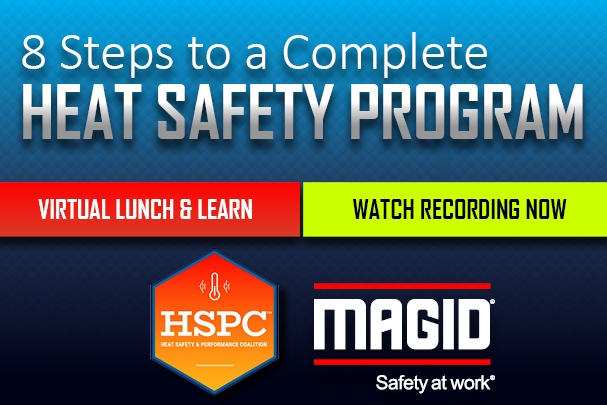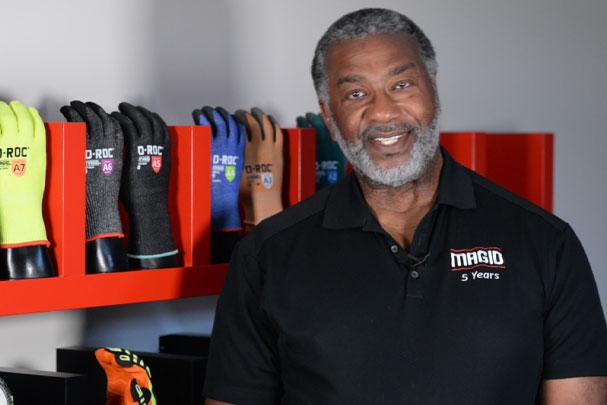
Toggle Nav


Search
-
Contact Us
Get help from our experts
800-867-1083
Office hours
8:30-5:00 PM Central
6 Steps to Top-Down Hearing Protection

Twenty-five percent of workers reported that they were exposed to hazardous noise in the workplace, according to a study in the American Journal of Industrial Medicine. Over time, these exposures can lead to permanent hearing loss and impair workers’ ability to hear warning sounds or communicate clearly with coworkers. Even worse, the development of hearing loss can be so gradual; workers may not realize they are suffering until it’s too late. Fortunately, there are different measures that can provide multiple levels of hearing protection for your people. Provide the proper training, and apply the Hierarchy of Controls for noise levels to determine your plant or job site’s most effective strategies.
Read More









